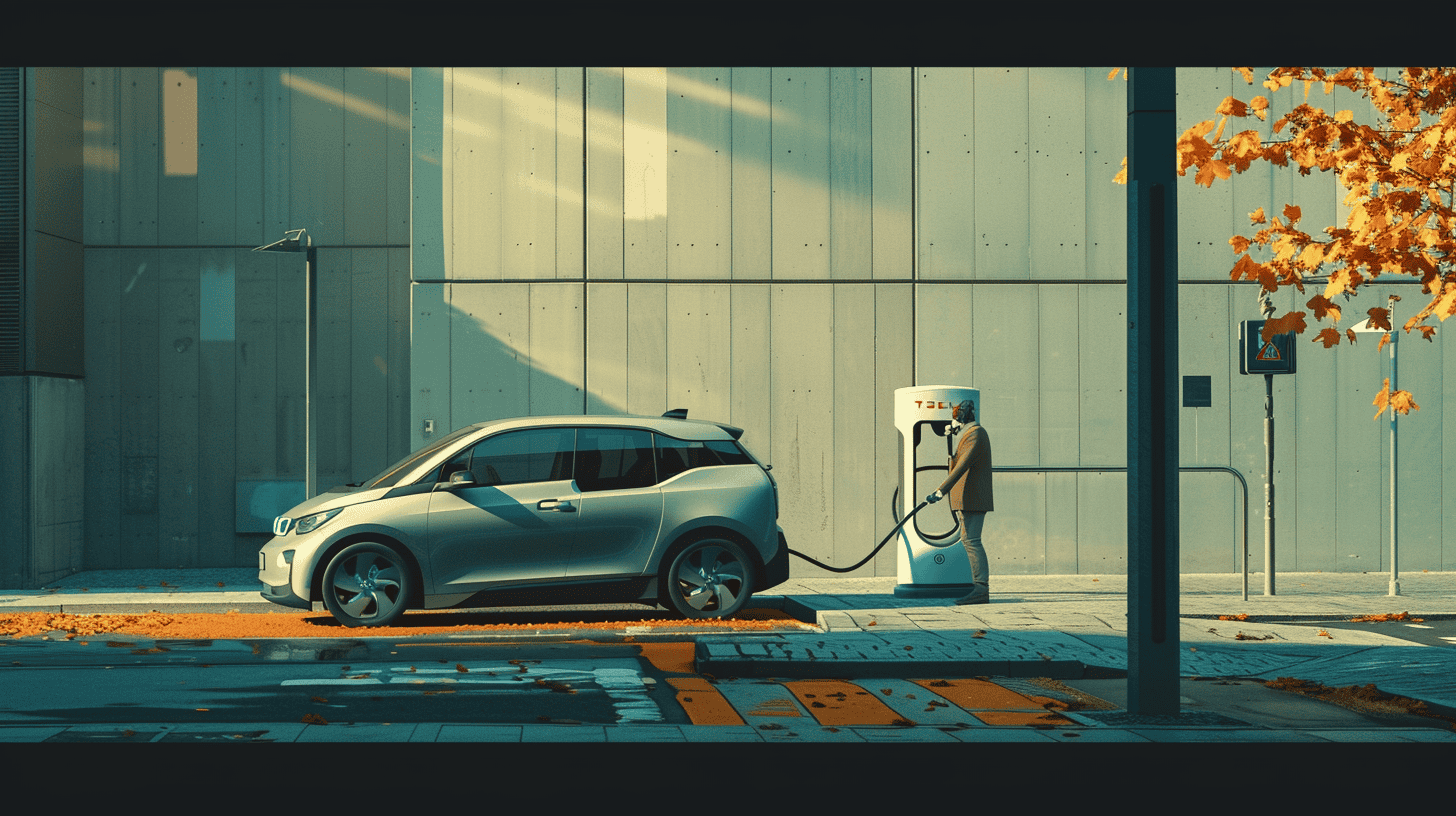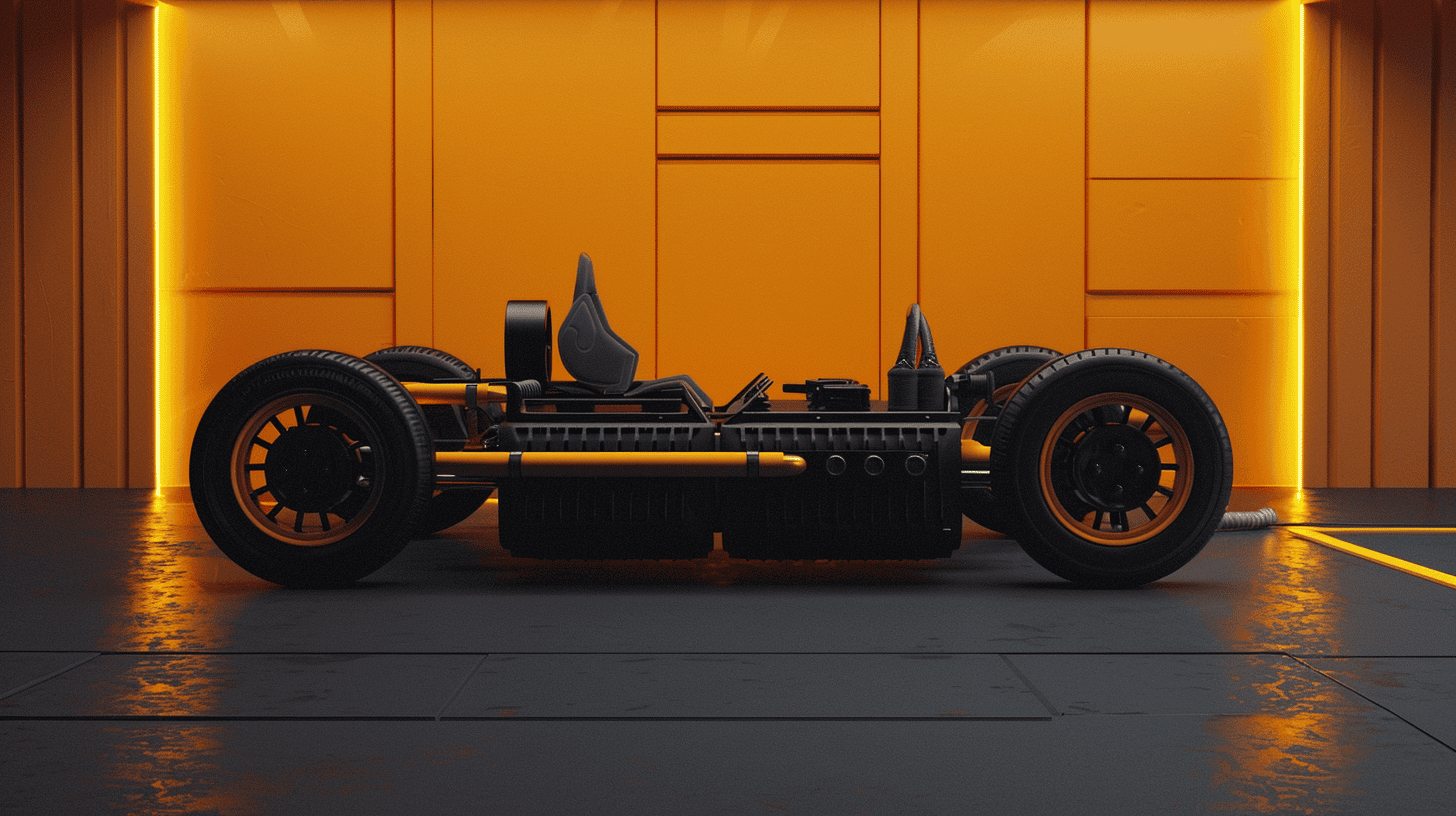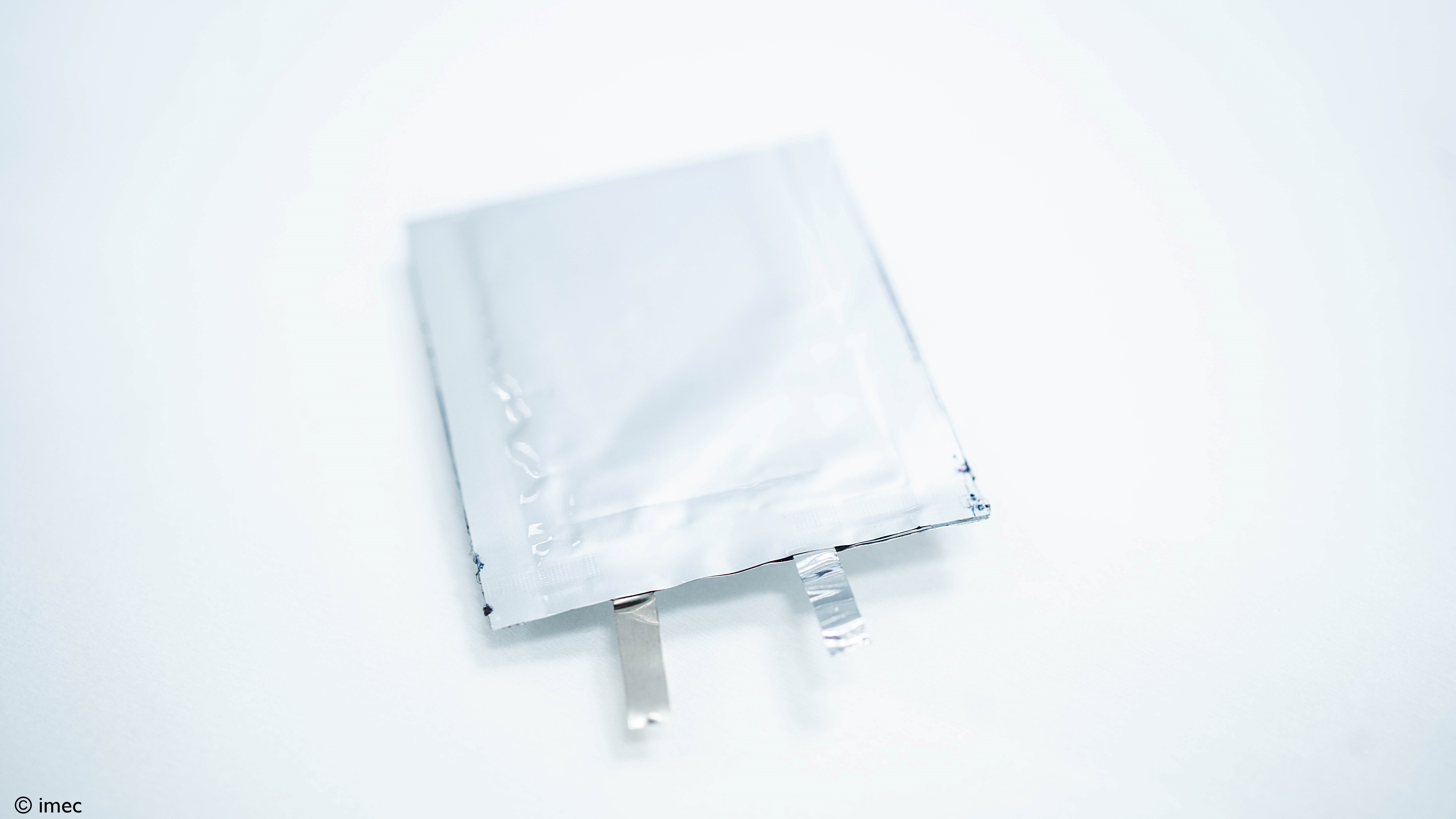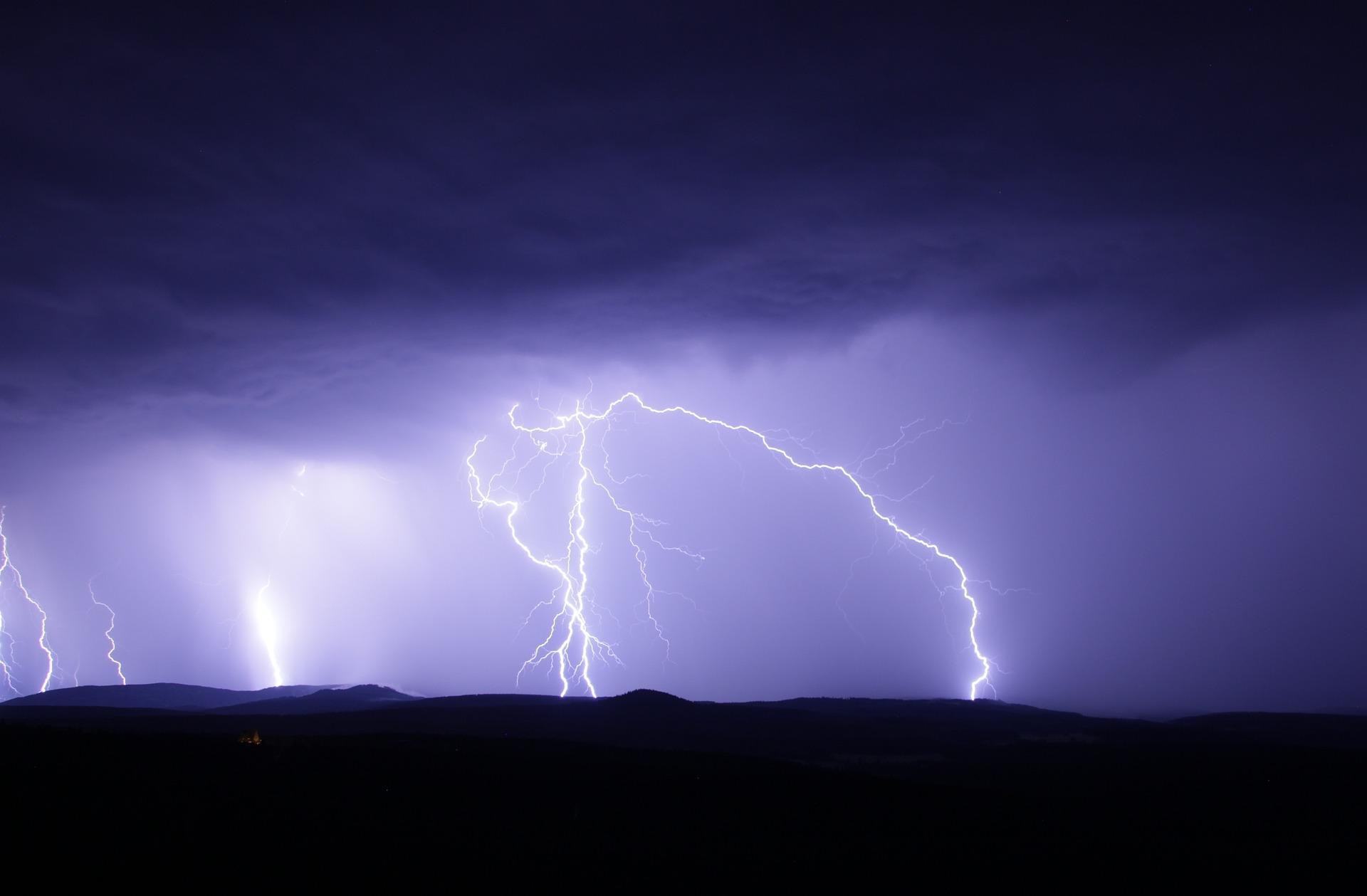
The next source of green electricity is thin air. Hygroelectricity is the generation of electricity out of air’s humidity. It is a type of static electricity that forms on water droplets and can be transferred from droplets to small dust particles. Now, recent scientific discoveries are investigating this technology, with air possibly becoming another source of clean power.
- Hygroelectricity is the generation of electricity from air humidity using nanowires or zirconium oxide cells.
- Scientists at the University of Massachusetts, Amherst, discovered the Air-gen effect, which produces a continuous electric current from humidity.
- Cascatachuva, a Portuguese start-up, is developing a technology that converts humidity adsorption energy into electricity.
The unforeseen discovery
In an unexpected twist of events, scientists at the University of Massachusetts, Amherst, stumbled upon a revolutionary power generation technique. While attempting to construct an air humidity sensor, they left the device unplugged, resulting in the serendipitous creation of the “Air-gen” technology.
Far from being a failure, the unmanned device began to produce a continuous electric current from the humidity in the air, leading to a landmark breakthrough in power generation. This unforeseen discovery marked the inception of a new chapter in renewable energy: hydroelectricity.

The air-gen effect
The Air-gen device comprises tiny tubes, known as nanowires, which generate an electric charge when water molecules in the air collide with them. This phenomenon, now referred to as the “Air-gen effect”, creates a constant electric output, even in the absence of active power.
The researchers have successfully scaled up the device to generate enough electricity to light a single pixel on a large LED screen, suggesting its potential for powering larger devices or even entire buildings. While challenges such as manufacturing, cost, and access to raw materials need to be addressed for widespread implementation, the prospects of hygroelectricity are promising.
Cascatachuva: a pioneer in hygroelectricity
Cascatachuva, a Portuguese start-up founded in 2021, has set its sights on producing electrical energy through the direct conversion of humidity adsorption energy. The firm’s technology captures airborne water molecules and channels them through nanoscale passages to generate electricity.
Andriy Lyubchyk, cofounder of Cascatachuva, believes that their technology could revolutionize sustainable energy and complement existing sources such as solar and wind energy. With humidity levels averaging around 70 percent in most European Union countries, Europe presents an ideal market for their technology. Currently, Cascatachuva is focused on demonstrating the viability of their technology and the potential of hygroelectricity as a reliable energy source.
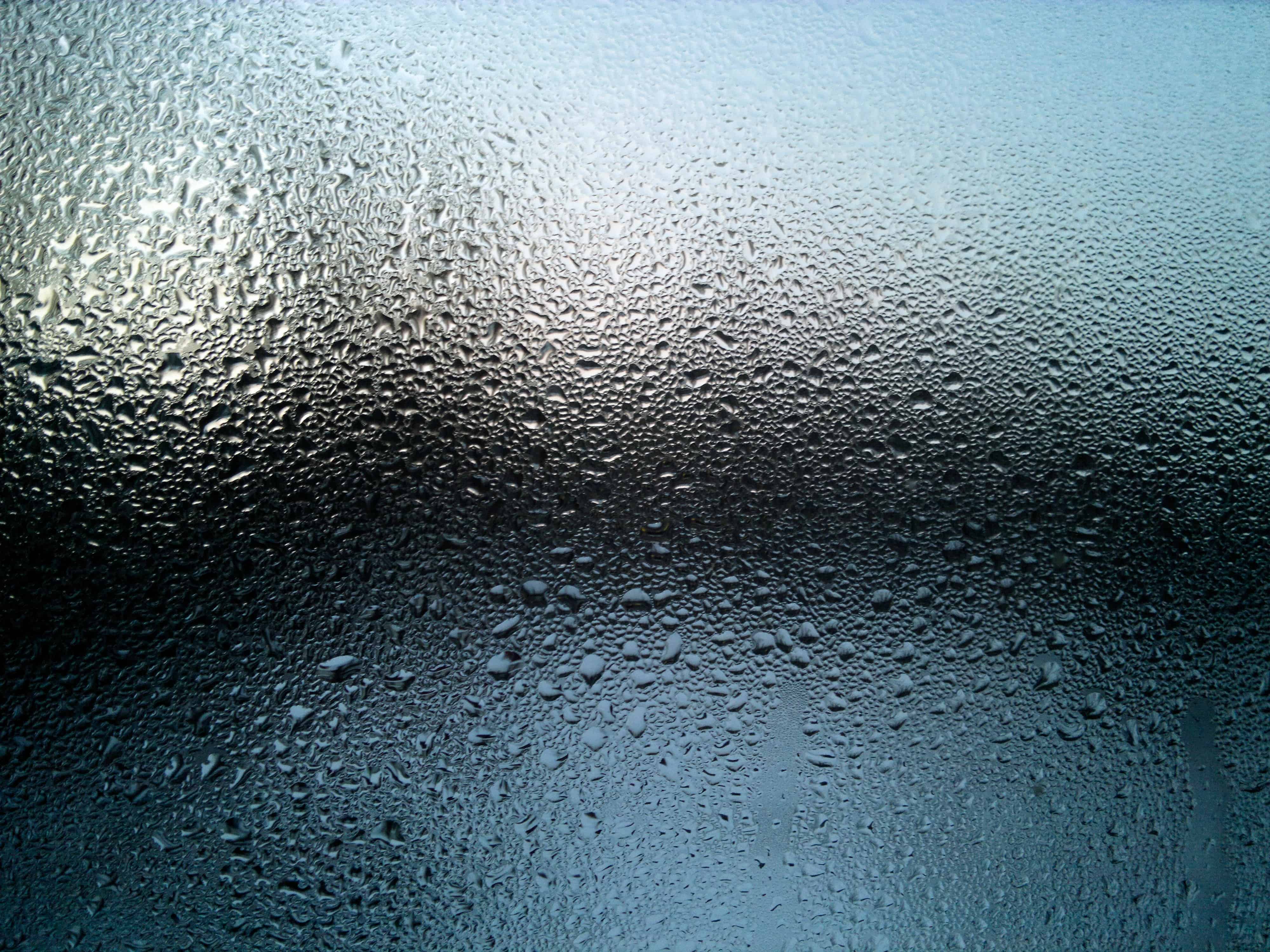
The promising future of hygroelectricity
Hygroelectricity, despite being in its early stages of development, holds significant potential as a sustainable energy source. Unlike solar and wind energy, which rely on specific environmental conditions, hygroelectricity can be harnessed continually, as air humidity is a constant factor.
The EU’s CATCHER project – with Cascatachuva as one of the partners – is also working on converting atmospheric humidity into electricity. Researchers are utilizing cells made from zirconium oxide to capture energy from atmospheric humidity, demonstrating that an 8-by-5-centimeter plate of the material can generate around 0.9 volts in a 50 percent humidity laboratory. This is comparable to half an AA battery, indicating the vast potential of hygroelectricity.



